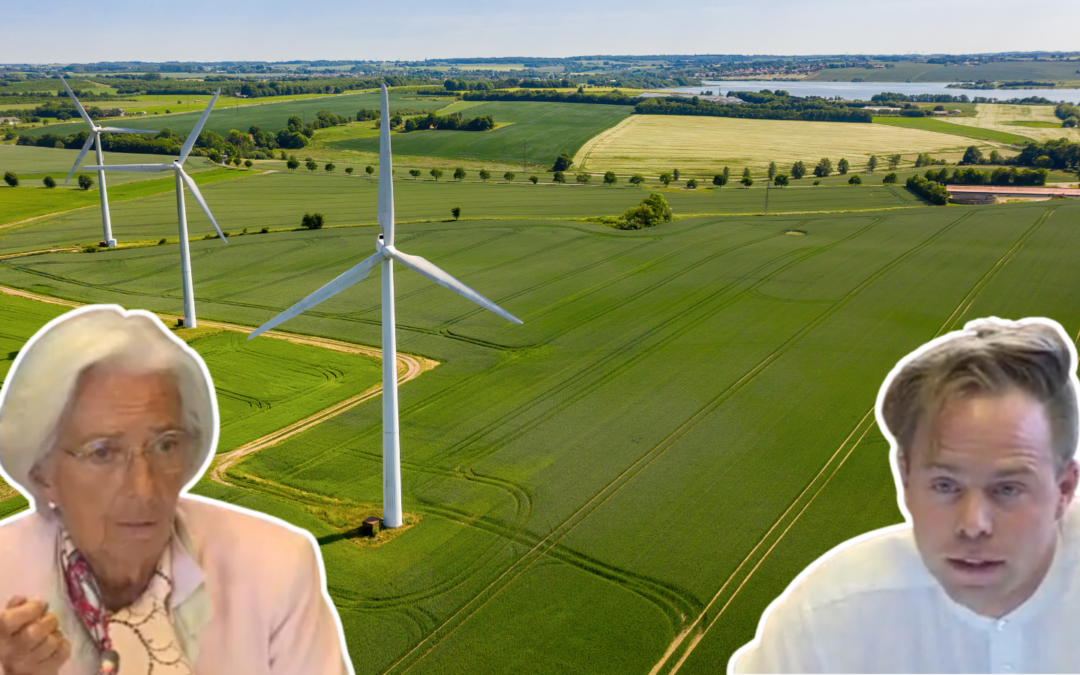It seems that last September was a crucial month for the debate surrounding the influence of interest rates on green investments. During the recent Governing Council meeting, the European Central Bank (ECB) hiked interest rates to historic highs, marking a 4.5 percentage point increase in just over a year. This move could increase the cost of business investments in green initiatives, potentially slowing down the EU’s green transition. So, how is the ECB navigating these challenging waters? It continues to rely only on the compass of price stability to guide its actions, despite the potential benefits of employing a variety of tools to safeguard green investments.
Let’s see what happened, step by step.
The joint IEA-ECB-EIB conference
Last week, the president of the ECB opened the joint IEA-ECB-EIB conference and emphasised key findings from a survey of euro area firms regarding climate-related investments. The survey revealed that a significant majority of companies intend to make green investments in the coming years. However, the most significant obstacle, especially for small and medium-sized enterprises (SMEs), remains the high financing costs associated with these investments. Lagarde’s speech highlighted again that the ECB’s most ‘vital’ contribution to addressing this issue is to maintain price stability.
However, this wasn’t the only instance in which Lagarde reiterated the ECB’s stance on green and climate-related matters.
Green investments and price stability: the false dilemma of the ECB
In the most recent Monetary Dialogue, just one week ago, MEP Rasmus Andresen posed a critical question: why is the ECB tightening when combatting climate change needs huge investments in the green sector?
Lagarde’s response seemed to present a false dilemma, framing tightening policies and green investments as mutually exclusive.
As we explain in our video, the reality is more nuanced: keeping inflation in check doesn’t necessarily mean ditching green investments.
We’ve observed that the current tightening measures disproportionately impact green businesses that require significant investments. For this reason, it might be more effective for the ECB to differentiate interest rates between green sectors and others, rather than simply pursuing a one-way hike.
Differentiated rates during history: the case of Bundesbank and Banque de France
This isn’t a new tactic: safeguarding strategic sectors during tightening episodes has been a common practice for central banks throughout history. In the 1970s and 1980s, Germany and France employed it to protect businesses engaged in exporting goods, as highlighted in the recent paper by Jens van ‘t Klooster and Éric Monnet.
We are already aware that fluctuations in fossil fuel prices can lead to price shifts. Climate change itself is inflationary because extreme climate events such as droughts result in crop shortages and, consequently, price hikes. This highlights the significance of safeguarding green sectors and supporting the transition to a low-carbon economy for future price stability. If the ECB wants to raise rates, it can still do so in a differentiated way, so why is it not doing it?

